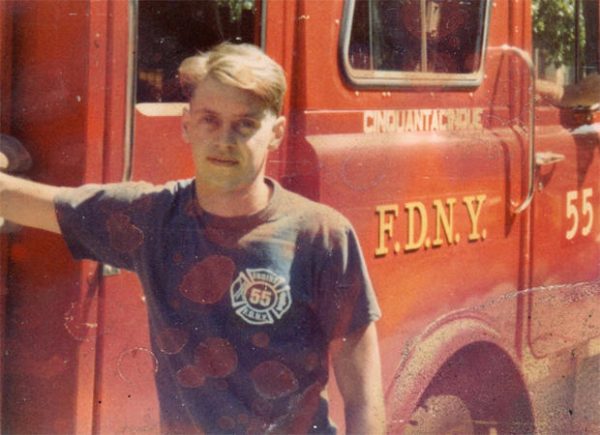Sometimes less is more. Sometimes silence says more than words or sound itself. John Cage knew it. Ditto our finest filmmakers. That’s the takeaway from When Words Fail in Movies–a new video essay that stitches together 15 scenes from iconic films by Hitchcock, Kubrick, Fellini and others. Created by David Verdeure at Filmscalpel, the clip lets us meditate on “the meaningful use of silence” in the sound-film era. Fandor has pulled together a list of scenes used in the montage. Find them below:
The Matrix, dir. Lana Wachowski and Lilly Wachowski. Silver Pictures, USA, 1999. 136 mins.
The Godfather: Part III, dir. Francis Ford Coppola. Zoetrope Studios, USA, 1990. 162 mins.
Mon Oncle, dir. Jacques Tati. Specta films et al., France, 1958. 117 mins.
2001: A Space Odyssey, dir. Stanley Kubrick. Stanley Kubrick Productions, UK / USA, 1968. 149 mins.
Lost in Translation, dir. Sofia Coppola. American Zoetrope et al., USA, 2003. 101 mins.
On the Waterfront, dir., Elia Kazan. Horizon Pictures et al., USA, 1954. 108 mins.
The Graduate, dir. Mike Nichols. Lawrence Turman, USA, 1967. 106 mins.
The Loneliness of the Long Distance Runner, dir. Tony Richardson. Woodfall Film Productions, UK, 1962. 104 mins.
North by Northwest, dir. Alfred Hitchcock. Metro-Goldwyn-Mayer, USA, 1959. 136 mins.
In the Mood for Love, dir. Wong Kar-Wai. Block 2 Pictures et al., Hong Kong / China, 2000. 158 mins.
The Martian, dir. Ridley Scott. Scott Free Productions et al., USA, 2015. 144 mins.
The Discreet Charm of the Bourgeoisie, dir. Luis Buñuel. Greenwich Film Productions, France, 1972. 102 mins.
The Conversation, dir. Francis Ford Coppola. American Zoetrope et al., USA, 1974. 113 mins.
Twin Peaks: Fire Walk with Me, dir. David Lynch. Twin Peaks Productions et al., USA, 1992. 135 mins.
La Dolce Vita, dir. Federico Fellini. Riama Film et al., Italy, 1960. 180 mins.
If you would like to sign up for Open Culture’s free email newsletter, please find it here. Or follow our posts on Threads, Facebook and BlueSky.
If you would like to support the mission of Open Culture, consider making a donation to our site. It’s hard to rely 100% on ads, and your contributions will help us continue providing the best free cultural and educational materials to learners everywhere. You can contribute through PayPal, Patreon, and Venmo (@openculture). Thanks!
Related Content:
John Cage Performs His Avant-Garde Piano Piece 4’33” … in 1’22” (Harvard Square, 1973)
Thomas Edison’s Silent Film of the “Fartiste” Who Delighted Crowds at Le Moulin Rouge (1900)
101 Free Silent Films: The Great Classics



